Key medicinal herb growing areas are formed across the country.
According to Associate Professor, Dr. Pham Thanh Huyen - Director of the Center for Medicinal Resources (Institute of Medicinal Materials, Ministry of Health ), Vietnam currently has more than 5,000 species of medicinal plants, many of which have high economic value, making great contributions to socio-economic development.
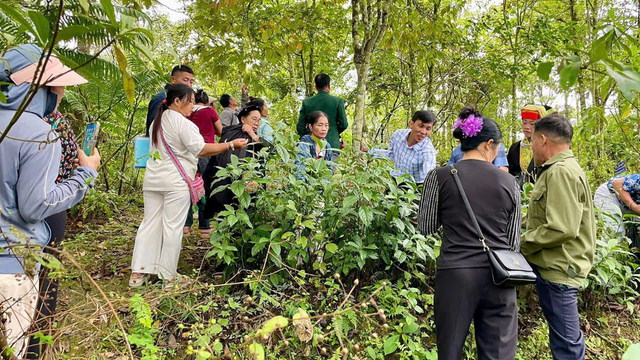
In recent years, the Party and the State have had many programs and strategies to promote the development of medicinal herbs. After more than 10 years of implementing the Master Plan for the Development of Medicinal Herbs in Vietnam to 2030, key growing areas have been established across the country.
In the Northwest region, prominent are Angelica, Panax pseudoginseng, Artichoke, Lai Chau ginseng, Seven-leaf one-flower, Tea vine, Polygonum multiflorum, Dipsacus root, Acanthopanax spinosa, Red Polygonum multiflorum, Vietnamese Codonopsis pilosula, Cinnamon, Star anise, Gynostemma pentaphyllum...
The Northeast region grows red Polygonum multiflorum, Polyscias fruticosa, Chinese yam, Desmodium styracifolium, Angelica dahurica, Cinnamon, Gynostemma pentaphyllum, and Dan Mountain ginseng...
The Red River Delta concentrates Achyranthes, Desmodium styracifolium, Phyllanthus urinaria, Polyscias fruticosa, Gymnema sylvestre, Solanum procumbens, Andrographis paniculata...
North Central region has Ginger, Turmeric, Che Vang, Hy Thiem, Thien Nien Kien, Nang, Cinnamon...
The Central Highlands is famous for Ngoc Linh ginseng, Vietnamese ginseng, Schisandra, Hawthorn, Gynostemma pentaphyllum...
Meanwhile, the Southeast develops Chasteberry, An xoa, and Xao tam phan – valuable indigenous medicinal plants.
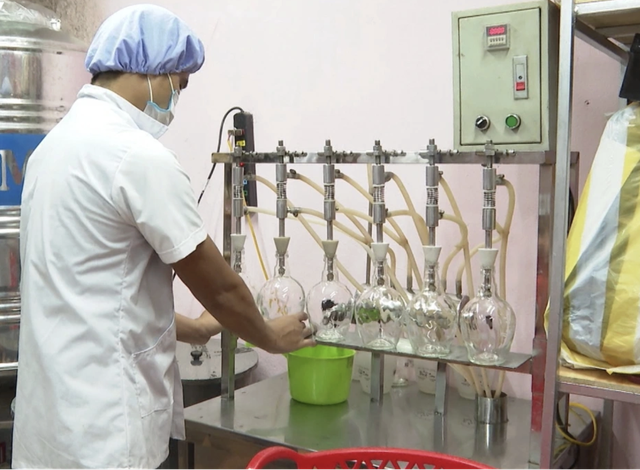
The development of regional medicinal products has gradually formed concentrated medicinal value chains, bringing great economic value, creating jobs and making practical contributions to community health care.
GACP-WHO standards improve the quality and reputation of Vietnamese medicinal plants.
According to Associate Professor, Dr. Pham Thanh Huyen, applying GACP-WHO standards (Good Agricultural and Collection Practices for Medicinal Plants as recommended by the World Health Organization) is a key factor to improve the quality and export value of Vietnamese medicinal herbs.
These standards include control from plant varieties, technical processes, soil and water management, to harvesting and preservation. Medicinal materials meeting GACP-WHO standards have stable quality, are safe and qualified as raw materials for drug production, not only meeting domestic needs but also aiming at the international market.
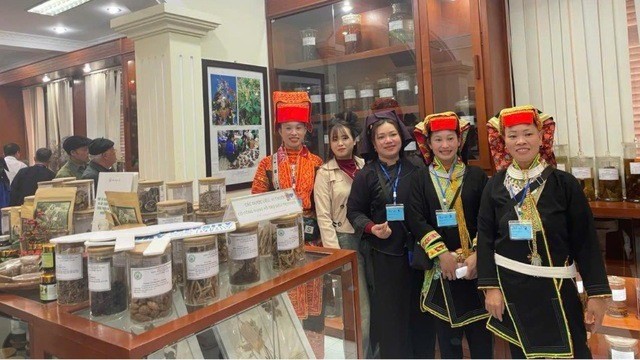
The "four-house" link is still a link that needs to be strengthened.
After the Master Plan for Medicinal Plant Development was issued in 2013, the linkage model between the “four houses”: management – science – business – people has been strengthened. However, this connection is still not really synchronized.
Associate Professor Dr. Pham Thanh Huyen said that the weakness lies in the preliminary processing and processing stages - the factors that determine quality and price. Although many facilities have applied science and technology, Vietnam still does not have a large-scale medicinal processing system capable of supplying the market and exporting.
“Information connection between parties is still limited. It is necessary to clearly identify the key medicinal herbs of each region, and at the same time master processing technology to proactively manage supply sources and production plans,” Ms. Huyen emphasized.
Policy and international support promote value chain development
In recent years, the State has issued many resolutions, programs and plans for the development of medicinal herbs, providing support in terms of capital, varieties, land lease, etc. Medicinal herbs have been included in the National Target Program and deployed in many localities, helping to strengthen the connection between the four houses, forming a sustainable value chain, creating jobs and increasing income for people.
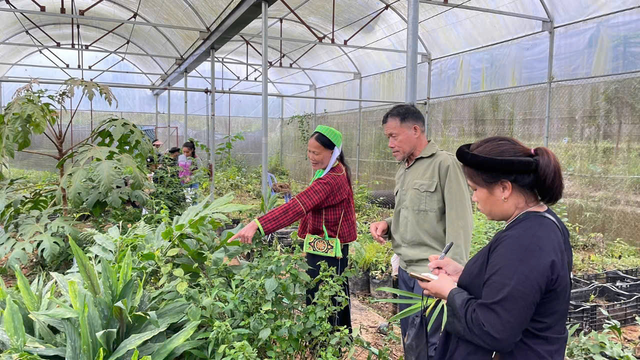
Along with that, many international organizations have invested funds in conservation work, building medicinal plant growing models, perfecting processing technology and developing products. Thanks to that, thousands of OCOP products with regional characteristics have been formed, many high-quality medicinal products have a solid position in the country and are initially exported abroad.
Through support programs, many rare medicinal herbs and plants are preserved and their value is promoted, contributing to affirming the brand of Vietnamese medicinal plants in the market.
Preserving precious genetic resources, preserving indigenous knowledge
Developing a chain of medicinal plant growing and production areas not only brings economic efficiency but also contributes significantly to the conservation of biodiversity and rare genetic resources. The formation of specialized growing areas and intercropping under forest canopy helps to cover bare land, improve soil, prevent erosion, and protect natural ecosystems.
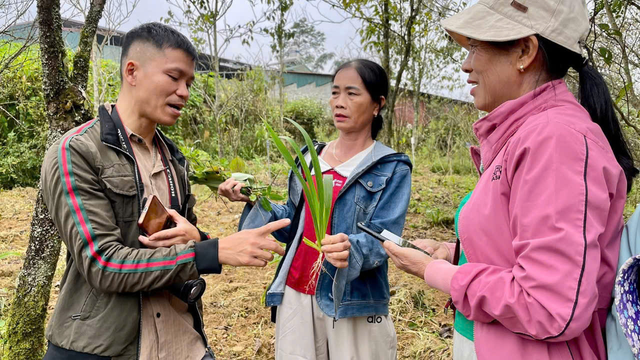
Associate Professor, Dr. Pham Thanh Huyen affirmed: “Developing medicinal herbs is the way to preserve indigenous knowledge, while creating sustainable livelihoods for people in the highlands - where the nation's treasure trove of precious medicinal plants is kept.”
Source: https://baolaocai.vn/day-manh-chuoi-gia-tri-cay-thuoc-viet-trong-y-hoc-co-truyen-post884802.html















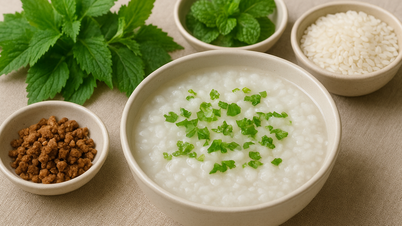

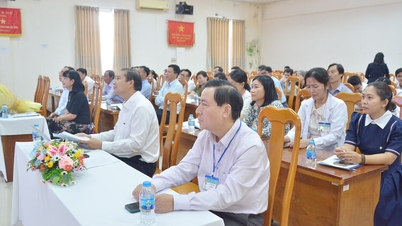

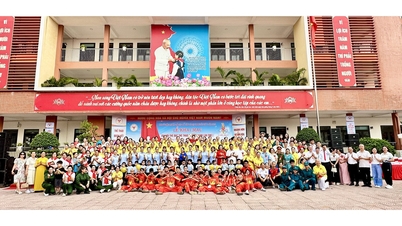

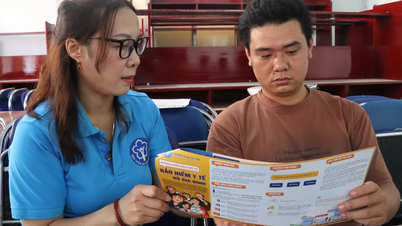




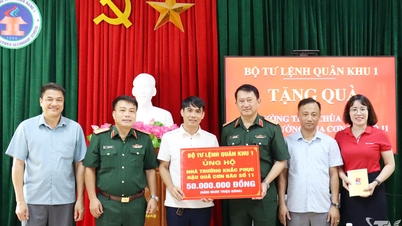

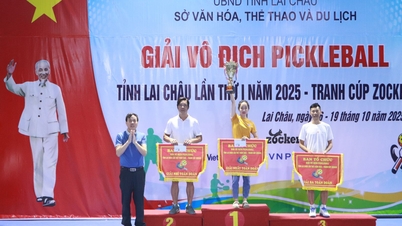




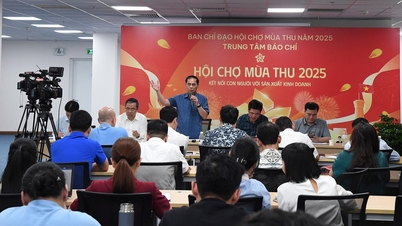




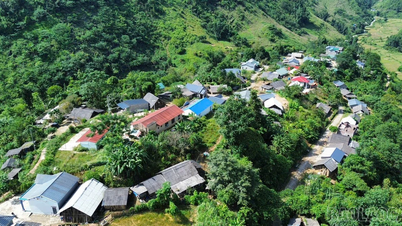
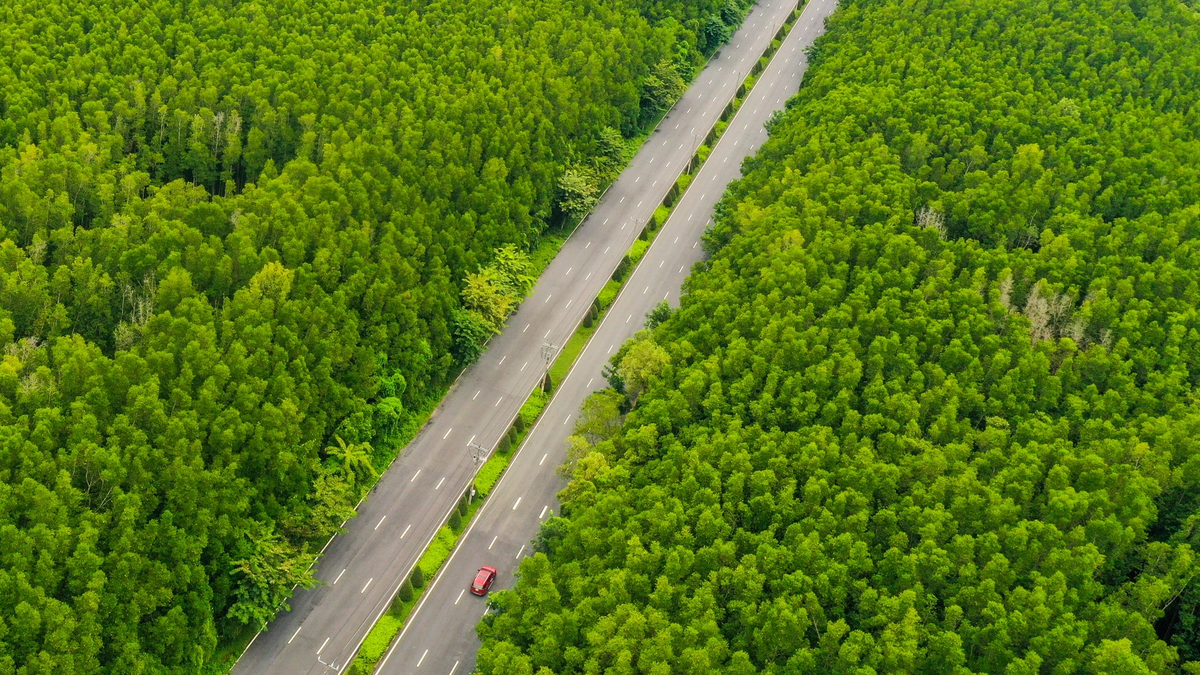
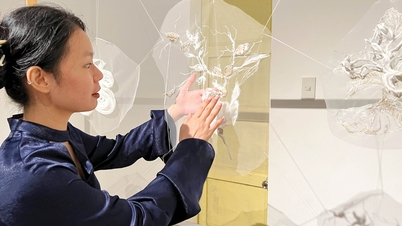

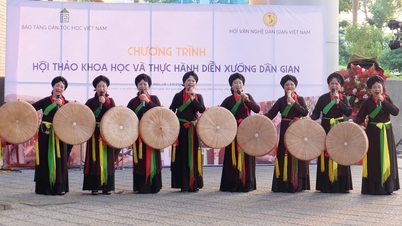


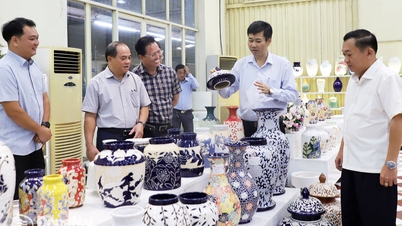







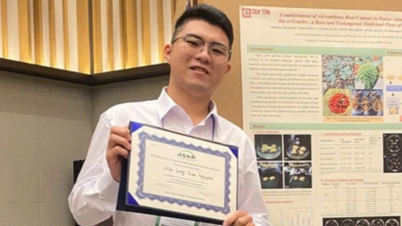


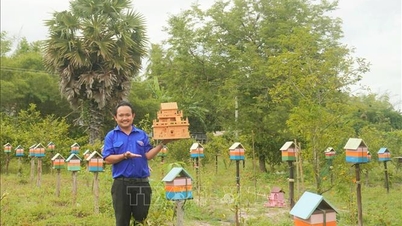
















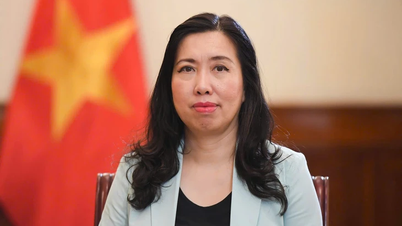
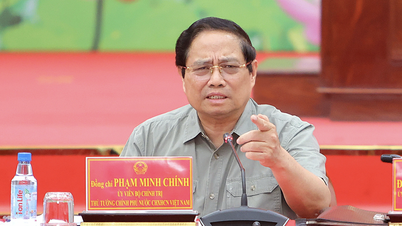


















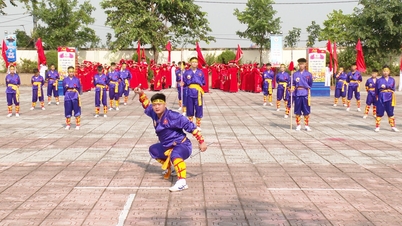












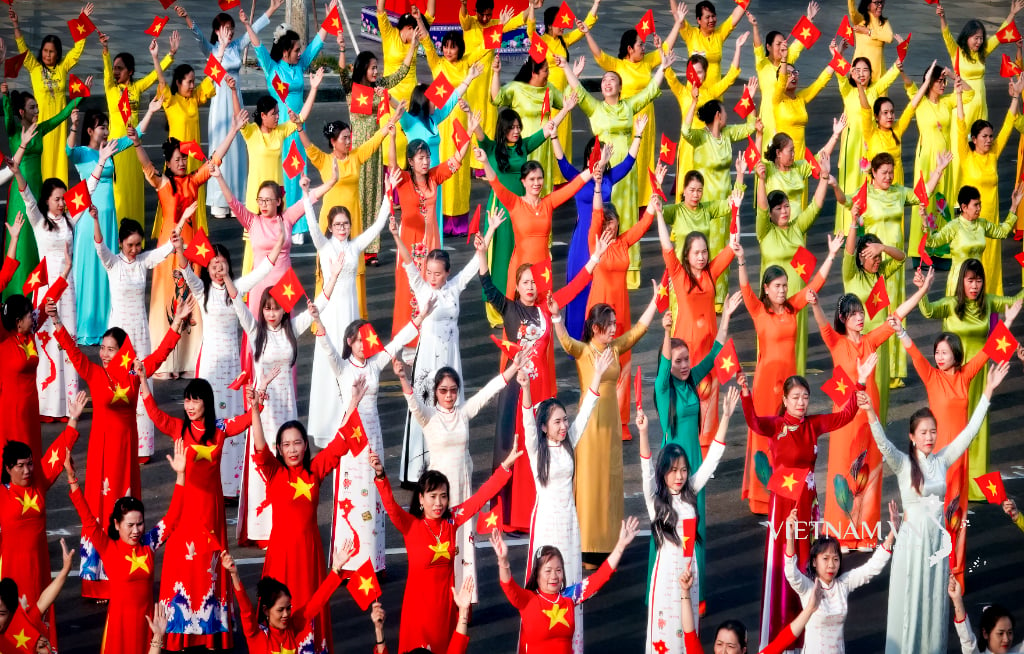

Comment (0)